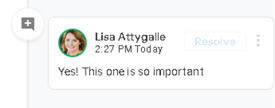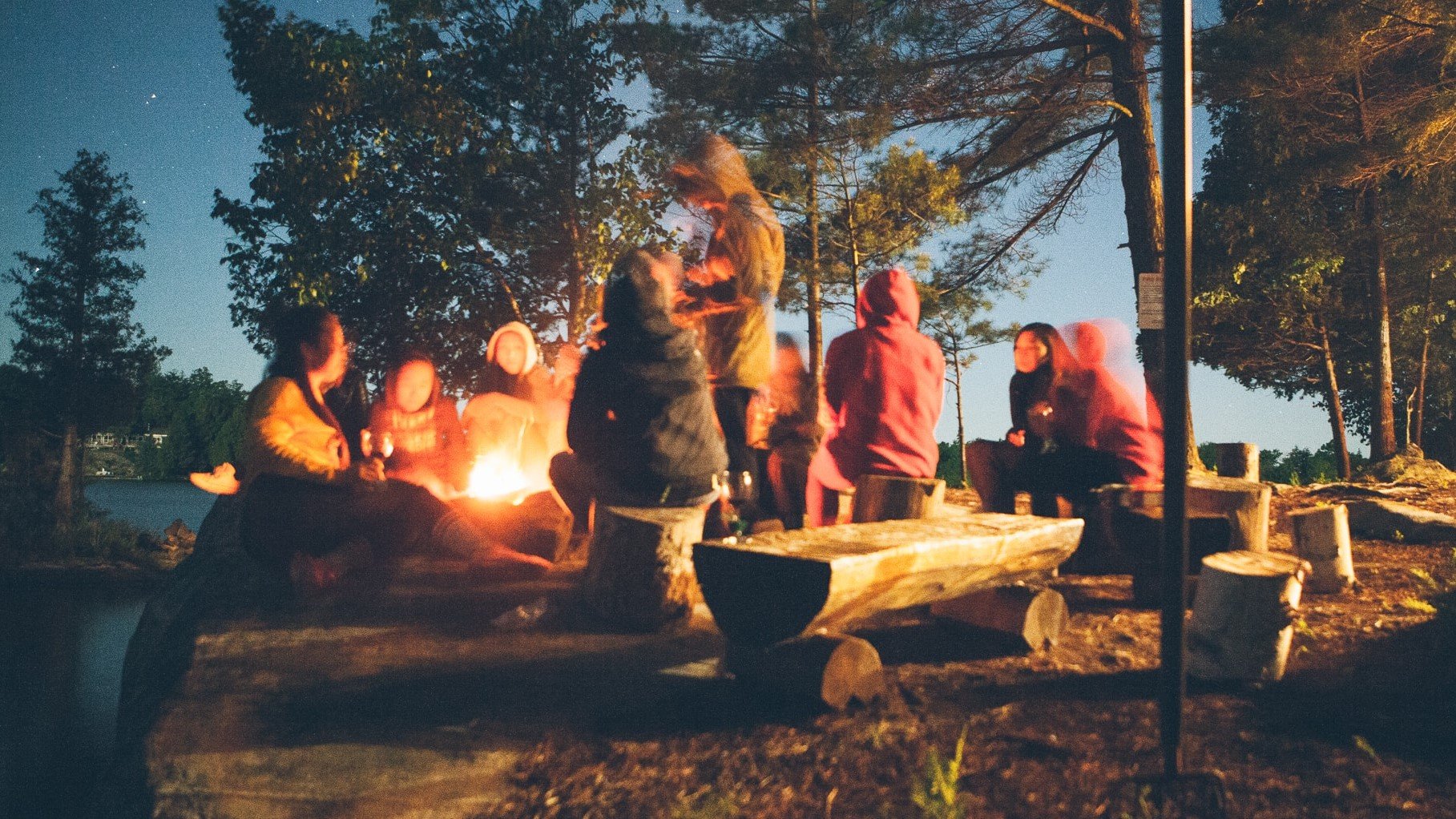Now that you’ve considered ways to facilitate an inquiry phase virtually, we turn to looking at options for how your co-design participants can explore what is common or shared across their diverse perspectives as they look to the future.
This is part two of a four-part series on how to facilitate virtual co-design sessions. If you haven’t already, read Phase 1 on Sharing Diverse Perspectives.
PHASE 2: FORMING A COMMON VISION
It is critical to have a shared understanding of your goals and intent before brainstorming solutions. If you skip this step, we end up in a place where people debate solutions rather than building from a place of shared understanding.
In this phase we want to ask: What is it we all hope for? What is it that we are all excited to work towards? The output of this phase could be as simple as a goal statement or shared design question, or something more comprehensive like a theory of change or a plan on a page.
The following two exercises are ones I love to use to help groups creatively define the change they are hoping for.
- Cover Story Exercise
This exercise uses a frame of a magazine cover to help groups define a shared vision.
Here's how you can facilitate it virtually:
- Outline the exercise and then allocate participants to breakout rooms of roughly five people
- Use Jamboard to have each group create their own cover story
- Have the Jamboards set up in advance with one board for each group. Upload a picture as the cover story template. Here’s an example.
- Have the group use sticky notes, images, and the drawing tool to create their cover story
- You can do the same process using a shared document (like a Google Doc) rather than Jamboard. Just have the page set up using text boxes and ask groups to add text, images, icons and clip art.
- Join each breakout room to see how each group is doing and to answer any questions. Give groups a time check half-way through by either joining each breakout room or sending a message to all groups.
- At the end of the collaboration time, bring the groups back into the main room and invite each group to present their cover story.
Time required: 35 mins + share back
Here’s another magazine cover template I like to use. This same process of using a collaborative workspace like Jamboard can be used for any planning canvas such as the Common Agenda Planning Canvas.
- Critical Shifts
An exercise to define what isn’t working right now and unpack what is needed in the future to be successful.
Here's how you can facilitate it virtually:
- Outline the exercise and then allocate participants into breakout rooms of about five people
- Use a shared Google Doc to have each group name the critical shifts they desire
- Set up a page for each group in advance with the critical shifts table and examples of how to write a critical shift. Here’s a template you can copy and use.
- Groups can either assign a scribe and have that person share their screen, or each group member can have the Google Doc open and can contribute at the same time.
- Join each group to check in and see if they have any questions
- Give groups a time check half-way through by either joining each breakout room or sending a message to all groups
- At the end of the collaboration time, bring the groups back into the main room and invite each group to present their critical shifts
Time required: 35-45 mins + share back
Virtual Synthesis
These exercises help us to start the process of convergence by having groups move their individual perspectives into shared perspectives. Unless you’re working with a group of less than ten people, you’ll likely need to take this one step further with a round of synthesis.

Synthesis options when facilitating virtually include:
- Having a co-facilitator copy and paste from the individual group pages into a master list and theming similar responses at the same time. This works well for Critical Shifts.
- Asking participants to indicate which responses resonate with them. Take 3-5 minutes and ask all participants to review the group responses and indicate their top three.
- If you’re using Google Docs ask participants to add a comment to the responses that are most important to them. Share your screen to show people where the ‘Add comment’ button is in Google Docs.
- In Jamboard you can ask people to use the Pen and draw a star on the cover stories that resonate the most.
- In Zoom, you can share your screen then ask participants to use the Annotate feature > Stamps to add a heart or other symbol to the page to indicate their favourites. Be sure to take a screen shot to capture the Stamps before moving to the next thing.
- Once participants have visually indicated their preferences you’ll be able to easily scan the pages to see which responses are getting the most traction.
Offline Synthesis
At this stage the group will have a sense of the shared vision, but some offline synthesis will likely be needed to arrive at a final shared output. This might include reviewing the cover stories and noting the key words and phrases, and then drafting a vision statement. Or it could involve collecting and wordsmithing the key critical shifts.
After any offline synthesis, always share the draft shared vision back to the group for their input and approval. The key questions are:
- Does this capture our shared intent?
- Is anything missing?
Once your shared vision is formed, it is something you will return to through the remainder of the co-design process as you ideate, evaluate the strength of ideas, and plan forward.
Check back next week for virtual facilitation ideas for Phase 3!
This is Part Two of a Four Part Series:
- If you haven’t already, read Phase 1 on Sharing Diverse Perspectives, Phase 3 on Building New Ideas, and Phase 4 on Aligning on Ideas.





